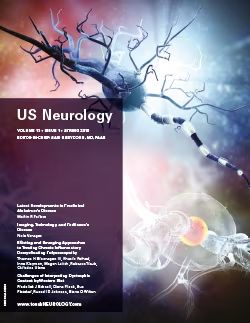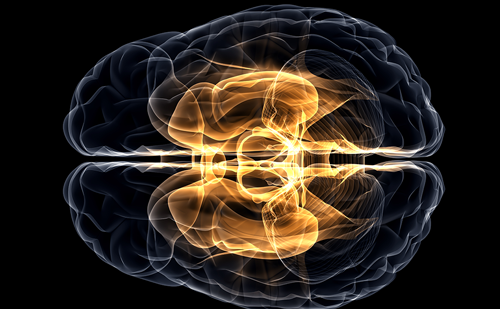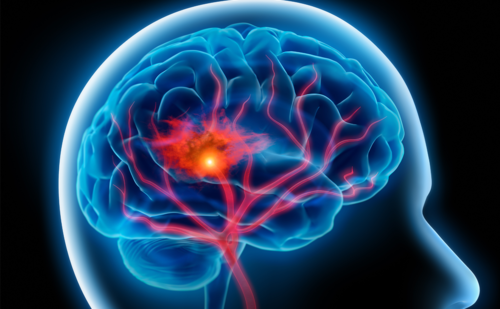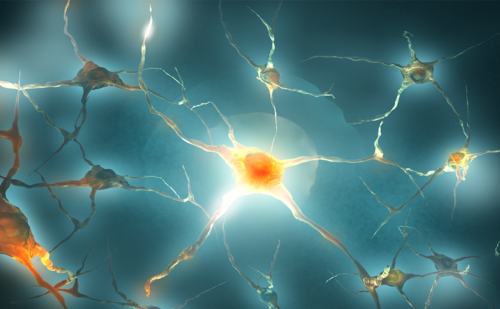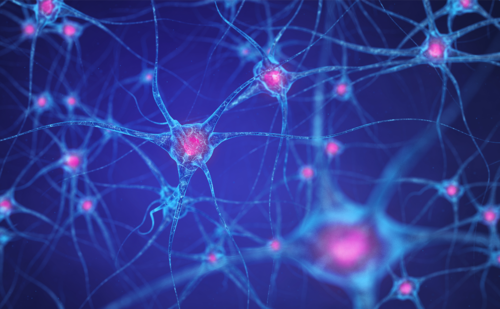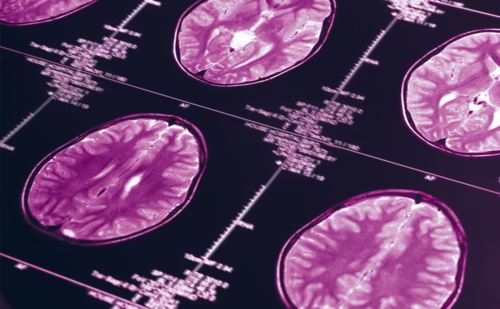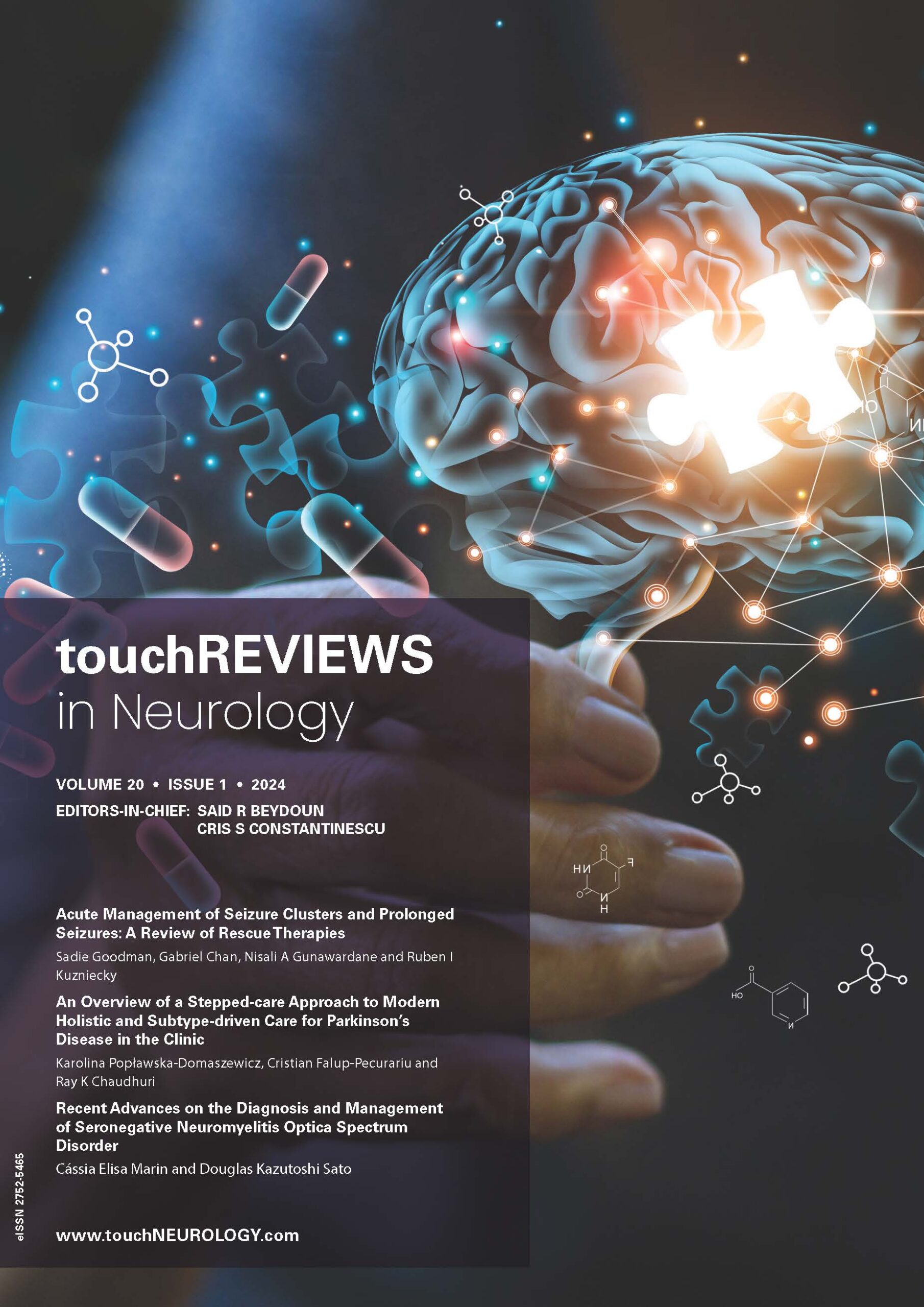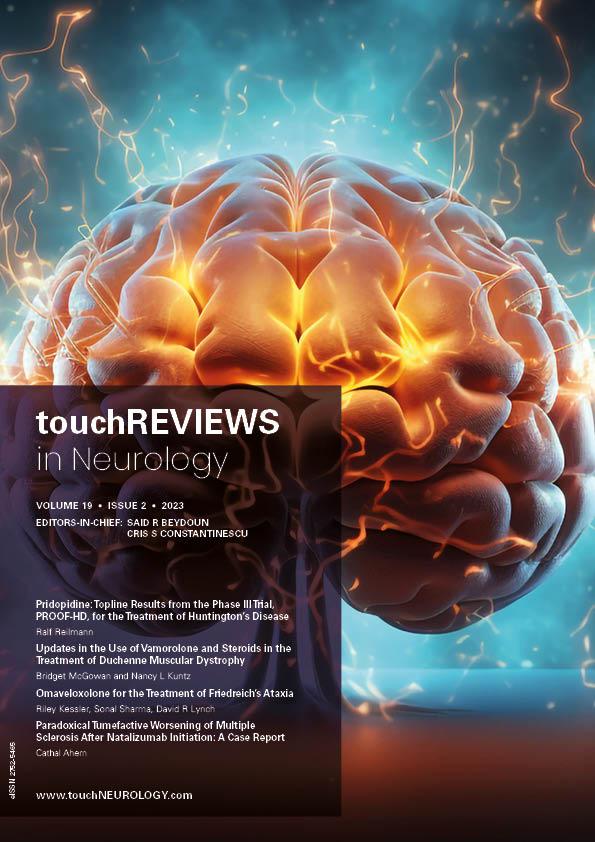US Neurology – Volume 15 Issue 1 – Spring 2019
Welcome to the spring edition of US Neurology!
We are proud to have active support from our media partners and editorial board members and this edition features many contributions from them, including an interview with Dr Martin Farlow discussing the concept of preclinical Alzheimer’s disease and the DIAN-TU trial and a selection of interviews conducted at the American Epilepsy Society Meeting in November 2018, which highlight some of the hottest topics in the field. Rosalind Kalb et al. present a special report on the National MS Society’s MS Navigator® Service, which aims to facilitate greater patient independence and quality of life.
This edition also includes many more from leading experts in the fields of Parkinsons’ disease, multiple sclerosis, neuromuscular diseases and a supplement that features highlights of a spotlight debate on the potential for the antipsychotic agent pimavanserin to increase mortality among patients with Parkinson’s disease psychosis.
US Neurology would like to thank everyone who contributed towards this issue. We trust that you will find it an informative read.
Enjoy and happy reading!
Welcome to the spring edition of US Neurology. This journal aims to address topical subjects in the field of neurology to stimulate discussion focused on these issues. Articles have been chosen for their evaluation of current practices and research and their discussion of future innovations that directly affect neurologists and other practitioners involved in the care […]
In the last decade, our understanding of Alzheimer’s disease has advanced considerably. Thanks to evolving biomarker research, it is now recognized that a preclinical stage occurs before the occurrence of symptoms.1 This preclinical phase has become the focus of considerable research efforts as early intervention is likely to offer the best chances of a cure. […]
Alzheimer’s disease was first described in 1906, and yet we have still not fully elucidated the pathogenesis of the condition. It is known that the disease is characterized by the polymerization of amyloid β-peptide (Aβ), leading to the formation of plaques.1,2 The cascade of events initiated by Aβ polymerization eventually leads to progressive neurodegeneration and […]
Parkinson’s disease (PD) is a progressive neurodegenerative disorder characterized by the loss of dopamine production in the substantia nigra. While oral therapies can effectively augment the dopaminergic pathway, their effect lessens as the disease progresses, and patients require multiple adjustments to their medication regimen. Neuromodulation using deep brain stimulation (DBS) is a powerful tool to […]
The American Epilepsy Society Annual Meeting is the largest gathering on epilepsy in the world. The 2018 meeting, which was held in New Orleans, Louisiana, from November 30–December 4, 2018, featured symposia, workshops, and lectures aimed at healthcare practitioners involved in all aspects of the care of patients with epilepsy. In a number of expert […]
Multiple sclerosis (MS) is a chronic, unpredictable disease for which we do not yet have a cure or fully effective treatment.1 The available disease-modifying therapies reduce inflammatory activity and progression of disability for many people. However, some individuals experience physical, cognitive, and/or emotional changes over the disease course that severely compromise function, independence, safety, participation, and […]
Chronic inflammatory demyelinating polyneuropathy (CIDP) is an immune-mediated disorder of the peripheral nervous system, of unknown etiology.1 The condition usually presents as weakness in the arms and legs, balance/gait impairment, tingling, numbness, and loss of tendon reflexes.2–4 It can be relapsing or progressive and the available treatments have variable efficacy in different patients.5,6 The symptoms of CIDP cause […]
Duchenne muscular dystrophy (DMD) is caused by mutations in the dystrophin gene that disrupt the production of functional dystrophin protein, resulting in progressive muscle damage and loss of contractile function. Currently, multiple therapeutic agents that aim to restore dystrophin expression are being evaluated in clinical trials (clinicaltrials.gov identifiers: NCT02310906, NCT02740972, NCT03368742, NCT03508947, NCT03769116, and NCT03362502). […]

Trending Topic
Chronic inflammatory demyelinating polyradiculoneuropathy (CIDP) is a rare, autoimmune neurological disorder in which peripheral nerve demyelination typically results in weakness, impaired limb sensation, fatigue and pain.1–4 CIDP may adversely affect activities of daily living, with a substantial impact on functional ability and psychological well-being.2–6 Primary treatment goals are reducing symptoms, improving functional status and maintaining long-term remission.7 The […]
Journal Archive
touchREVIEWS in Neurology is a peer-reviewed, free-to-access, bi-annual neurology journal comprising review articles, case reports, practice guides, theoretical discussions, and original research. It features balanced and comprehensive articles written by leading authorities, addressing the most important and salient developments in the field of neurology.
Latest articles videos and clinical updates - straight to your inbox
Log into your Touch Account
Earn and track your CME credits on the go, save articles for later, and follow the latest congress coverage.
Register now for FREE Access
Register for free to hear about the latest expert-led education, peer-reviewed articles, conference highlights, and innovative CME activities.
Sign up with an Email
Or use a Social Account.
This Functionality is for
Members Only
Explore the latest in medical education and stay current in your field. Create a free account to track your learning.


